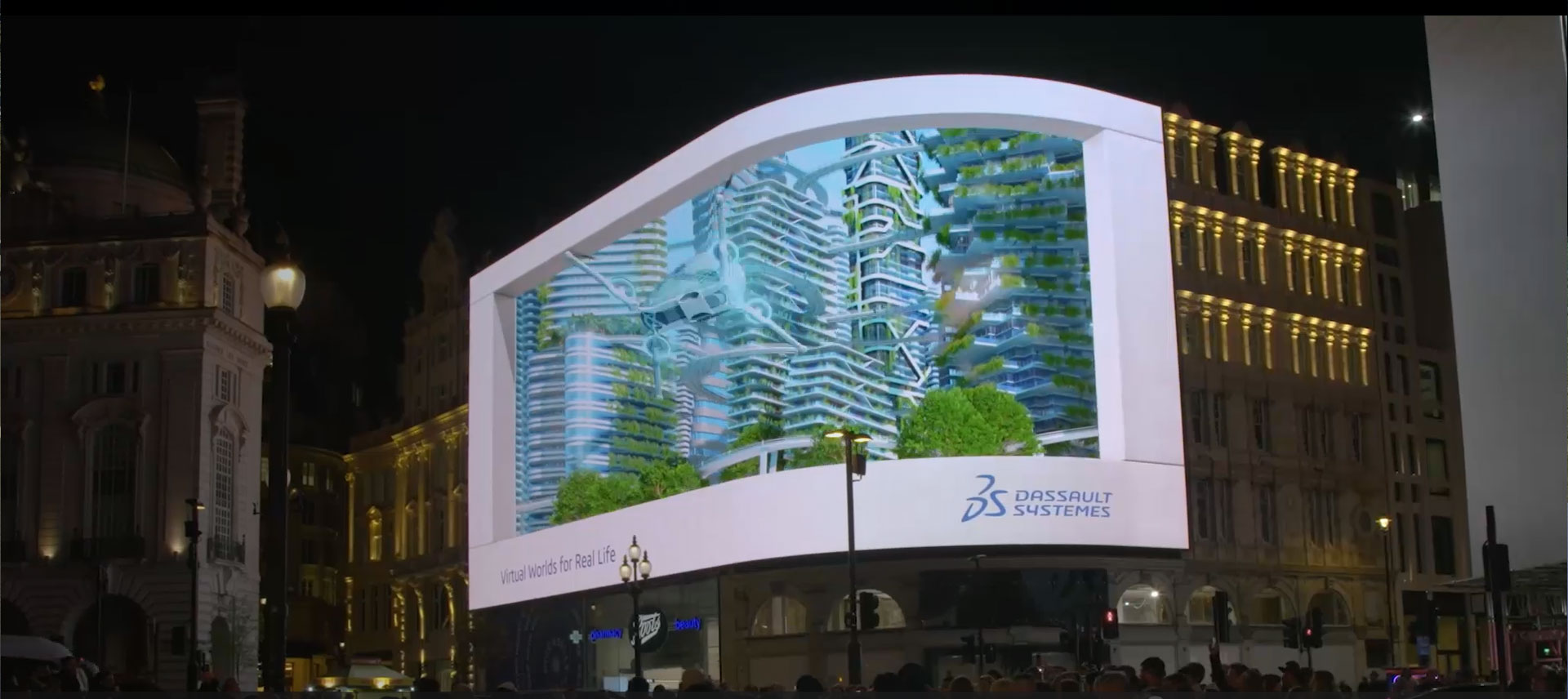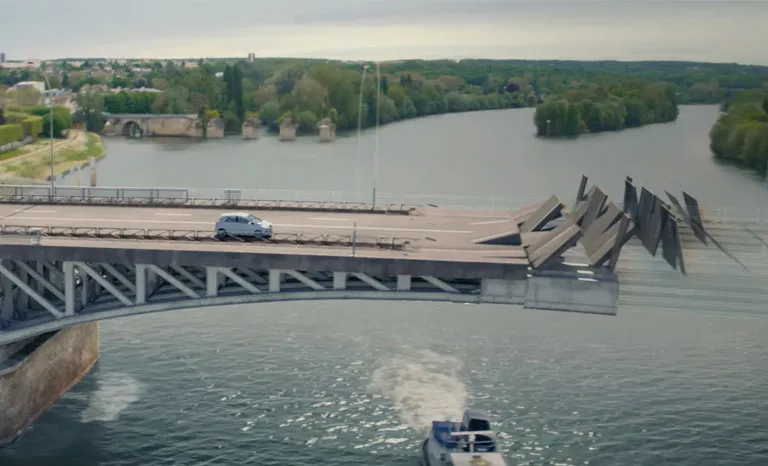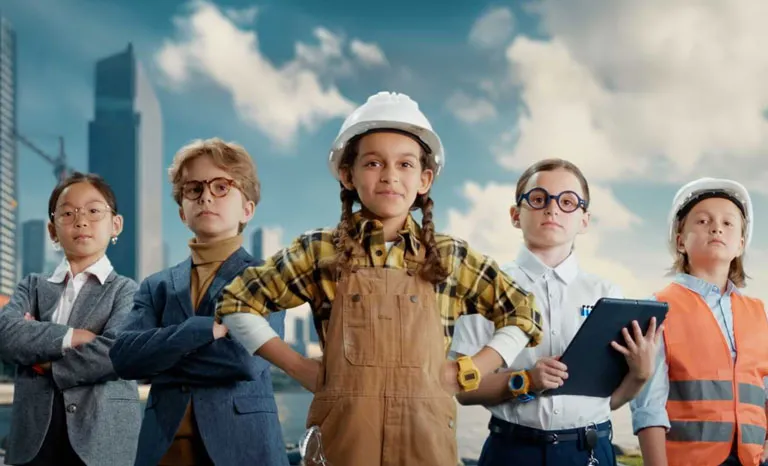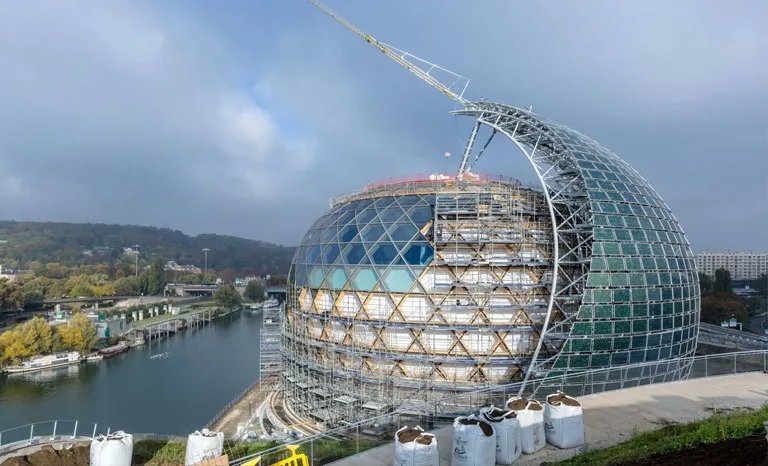Virtual Twin Experiences for Infrastructure & Cities
Discover how virtual twins empower architects, city planners, builders and even citizens to develop clean energy, sustainable infrastructure and industrialized construction for resilient, sustainable and people-centric environments.
What is a Virtual Twin in Infrastructure & Cities?
A virtual twin is a dynamic digital replica that mirrors real infrastructure, from neighborhoods to entire cities, integrating real-world data and simulations to guide better decisions across planning, construction and operations.
It’s more than a 3D model: it’s a living system to test ideas, optimize resources and align stakeholders before anything is built.
Cities are the ultimate test of sustainability. With virtual twins, we can model the impact of every decision—from green buildings to circular economies—and empower citizens to co-create their future.
From transforming mobility systems to strengthening energy resilience, virtual twins are reshaping how cities respond to today’s most complex challenges.
Why Infrastructure & Cities Must Change
Cities face mounting pressure from aging infrastructure, climate risks and rapid urbanization.
Many existing systems - such as transportation grids, utilities and housing - were not designed for today's needs or tomorrow's expectations.
- Cities weren’t built for light mobility or clean energy.
- Grids weren’t made for decentralized, renewable production.
- Construction lags in productivity and faces massive skills shortages.
To meet the future, we can’t just build more. We must build differently, with sustainability, resilience and people in mind.
How Virtual Twin Technology Transforms the Infrastructure & Cities Landscape
Virtual twins enable us to envision and develop better places to live, work and thrive. At any scale, from construction products to buildings, networks, districts, cities and entire territories. And at any phase, from design to construction to operations.
- Construction is evolving into an industrialized process. Virtual twins support the design of modular, prefabricated structures that reduce waste, encourage reuse and scale sustainable approaches.
- The most complex infrastructure projects involve thousands of workers on a tight schedule and with complementary roles. Virtual twins bring together all elements to help deliver even the most complex projects on schedule within budget.
- Planning the future of a city must factor in countless challenges: resilience to climate change, transition to clean and lighter mobility, evolving demographics and work patterns. Virtual twins help citizens, planners and leaders to collaboratively shape smarter, more resilient urban environments.
Reinventing Cities to Meet Future Challenges
Facing demographic shifts, climate pressures and rising citizen expectations, cities must transform into resilient, sustainable and digitally enabled ecosystems. Success hinges on two priorities: cutting carbon emissions and optimizing resource use.
Dassault Systèmes’ virtual twin solutions empower cities to design, simulate and manage their future. These digital replicas enable scenario testing and data-driven solutions to meet tomorrow’s urban challenges.
The Infrastructors: Building Cities of the Future with Virtual Twin Technologies
Cities face unprecedented challenges, from climate resilience to rapid urbanization.
With The Infrastructors by Dassault Systèmes, urban planners and infrastructure leaders can gain insights and inspiration for leveraging virtual twin technology to design, simulate and optimize the sustainable cities of the future.
Urban Renaissance
Witness an Urban Renaissance powered by virtual twins!
Dassault Systèmes believes The Only Progress is Human. We’ve explored how transforming cities with smarter infrastructure, sustainable design and enhanced livability is reshaping urban futures.
Revolutionizing Infrastructure & Cities with Virtual Twin Technology
Explore how virtual twins are transforming infrastructure and cities with precision, innovation and improved product outcomes.
How is Virtual Twin Technology Answering the Infrastructure & Cities Industry Needs?
Discover how virtual twins turn complexity into actionable urban solutions.
Urban Planning & Infrastructure
Turn complex city systems into clear, actionable insights by harnessing the full potential of infrastructure. Virtual twins can evaluate utilities, assess disaster risks and streamline operations.
Construction & Materials
Transform construction practices by embracing modular, eco-friendly designs. Virtual twins help cut waste, promote material reuse and deliver climate-adaptive buildings at the neighborhood level.
Sustainable Energy
Anticipate energy demands and climate challenges. Virtual twins can model renewable energy networks, mitigate urban heat effects and help develop robust, low-carbon power systems for cities.
Urban Mobility
Enhance urban transportation by balancing efficiency, safety and sustainability. Virtual twins can reshape mobility solutions by simulating innovative approaches like autonomous cars, air taxis and intelligent roadways.
Harmonizing Progress with Sustainable Infrastructure
The green transition demands reimagined infrastructure, innovative clean energy and circular materials.
See how our solutions turn bold ambitions into actionable blueprints.
Real-World Applications of Virtual Twins in Infrastructure & Cities
Virtual twins add value across every phase of urban development, transforming everything from infrastructure planning to city operations. Serving the needs of municipalities, planners and builders, virtual twins allow entire urban systems to be designed and optimized in the digital realm.
Once projects go live, real-time data feeds back into the virtual twin, enabling continuous improvements for sustainability, resilience and efficiency. Virtual twins empower cities to enhance operations, reduce environmental impact and meet evolving regulations, meeting citizen needs with agility.
Explore stories that demonstrate how virtual twins are being applied in real-world urban projects by Dassault Systèmes customers, to drive smarter, more sustainable cities.
Bouygues Construction
Bouygues Construction is reshaping the future of sustainable building with virtual twin technology, putting people at the heart of every project.
By digitally simulating urban designs before construction, they’re creating safer work environments for teams, more livable spaces for communities and eco-efficient solutions for future generations.
See how this human-centered approach is transforming infrastructure from the ground up.
Virtual Twins’ Impact Across the Infrastructure & Cities Value Chain
Cities worldwide are achieving 30% faster planning cycles and 20% lower emissions using virtual twin technology, transforming infrastructure into dynamic, sustainable ecosystems.
Curious About Virtual Twins? Find Answers in Our FAQ.
You Might Want to Explore...
About our company
We’re in the business of innovation. Through our unique solutions, we bring virtual twin experiences to everyone – including you!
Virtual Twin as a Service
VTaaS provides the expertise, equipment, and maintenance for virtual twins, delivering the value you need without the complexity.
Online store
Kick-start your design journey in a cloud-based collaborative space to foster innovation from day one.
Contact sales
Have a Dassault Systèmes expert contact you to answer your questions and discuss any of your needs.




